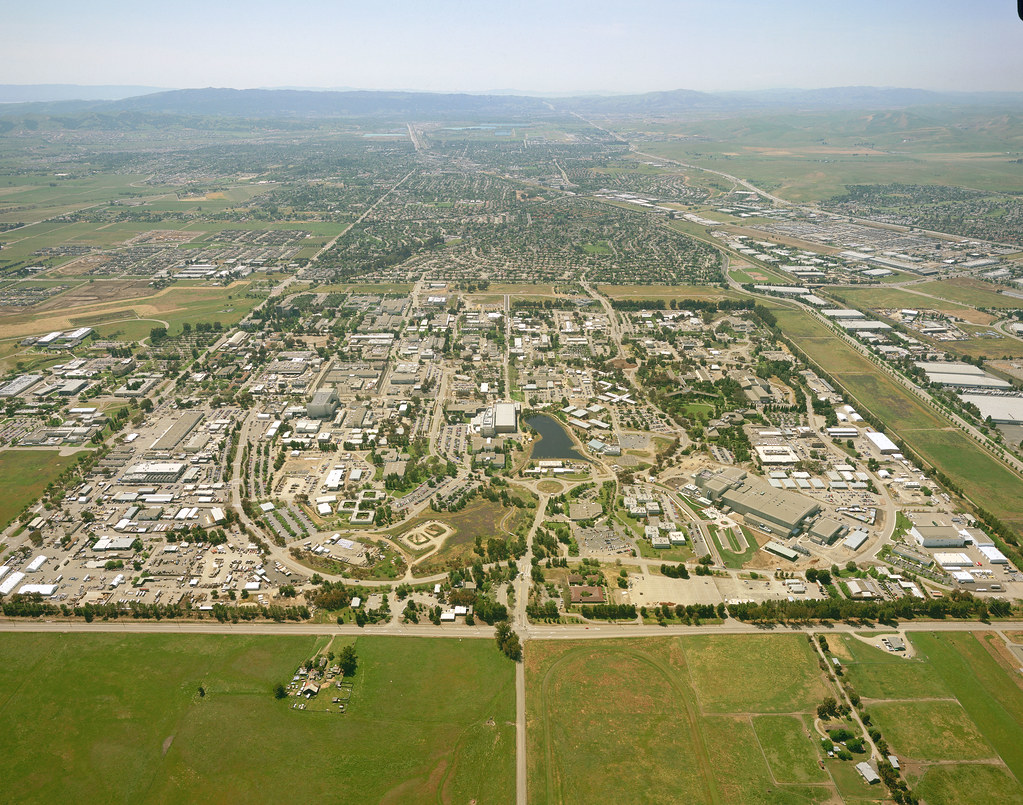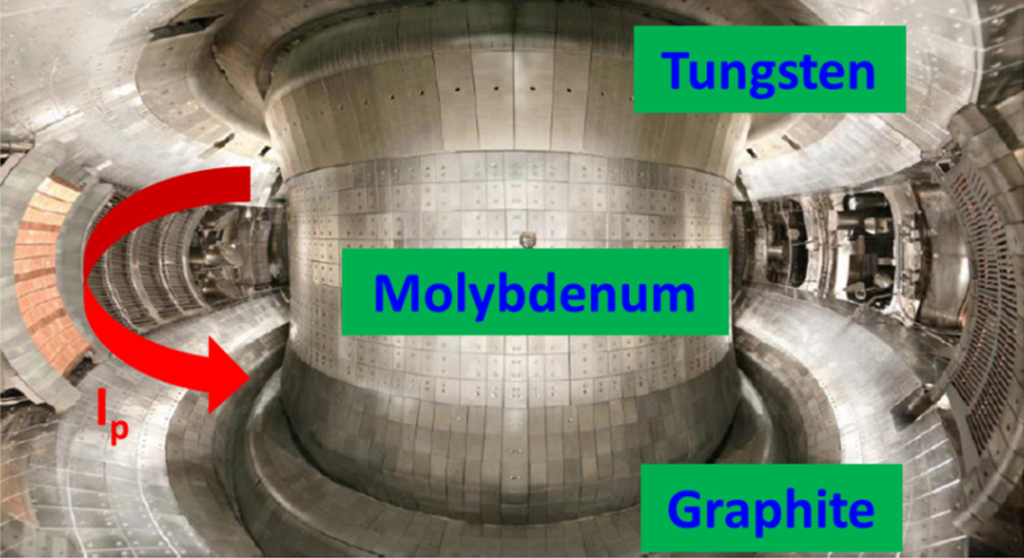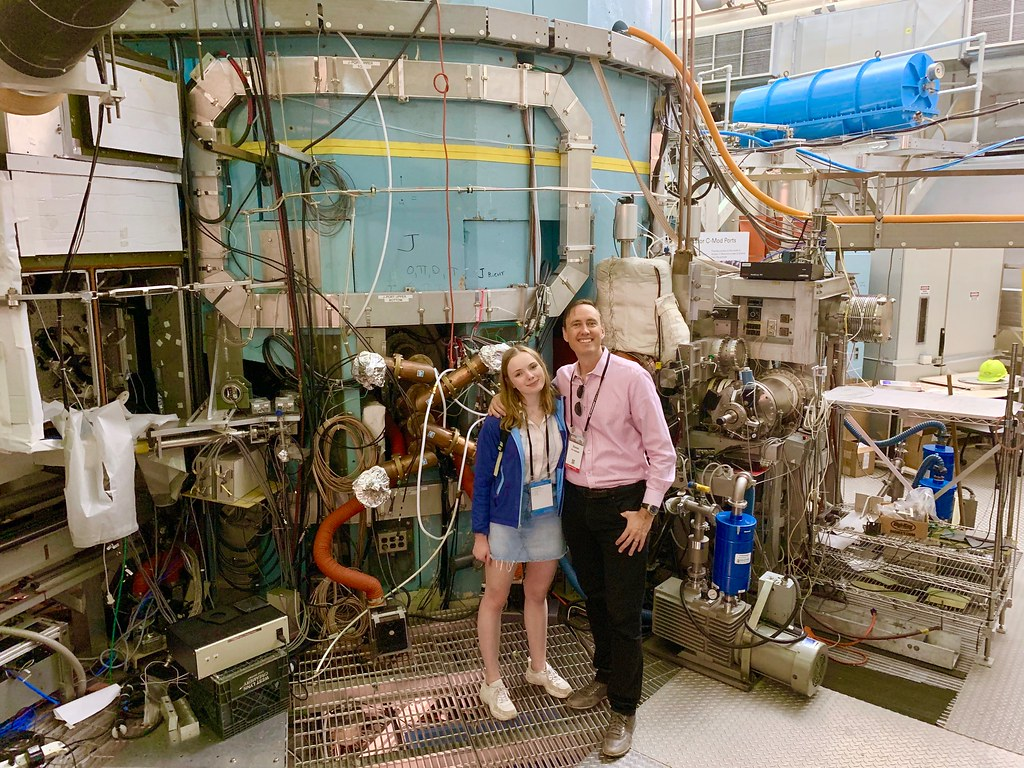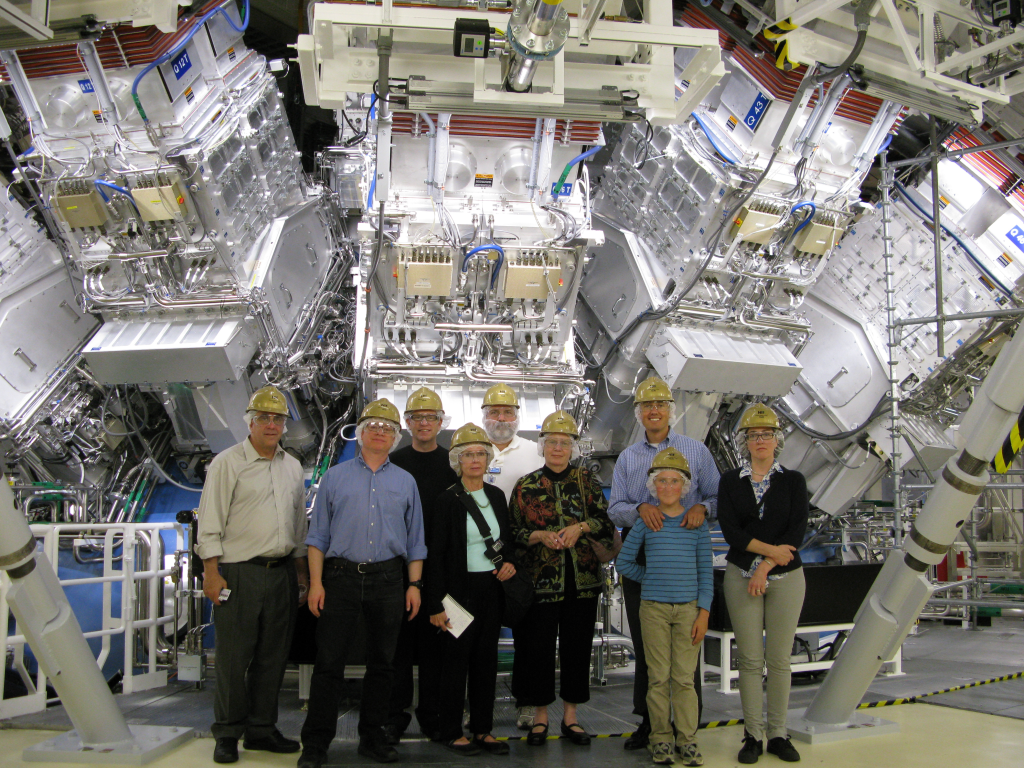
“Whatever country gets to fusion first and makes it cheap won’t only illuminate cities. It may shift the power balance in the world,” IEEE Spectrum wrote in April 2025. That encapsulates the feeling of urgency now applied to a technology long scorned as always decades off.
The first sustained net energy from a fusion reactor in 2025 was a milestone in the quest for clean, essentially unlimited energy. It was a technical breakthrough it was a notice that the competition to commercialize fusion is warming up, with huge implications for climate policy, economic competitiveness, and energy security.

From material science breakthroughs to geopolitics, the landscape of fusion is being determined by scientific, engineering, and policy advances. These are seven advancements that show just how close the world might be to tapping energy from the stars.

1. The First Continuous Net Energy Output
For the first time ever, a fusion reactor has produced a constant net energy output, beating the holy grail benchmark of break-even, where output outweighs input. The result of breakthroughs in laser ignition at Lawrence Livermore National Laboratory, this achievement surpassed long-standing impediments of plasma instability and need for high ignition energy. In comparison to past experiments which achieved temporary energies, the long-term reaction is proof that fusion can be more than mere theory it is an actual, controllable process.
The lasers concentrated hydrogen fuel to high heat and pressures, which drove fusion reactions to produce net-positive energy for an extended period of time. The achievement is vindication for decades of work and turns fusion into a serious player for large-scale, carbon-emission-free baseload power.

2. China’s Unexpected Dominance in Fusion Development
China is spending as much as $3 billion a year on fusion, far exceeding US federal spending and constructing next-generation tokamaks at record paces. The Experimental Advanced Superconducting Tokamak (EAST) stabilized plasma at 70 million°C for more than 17 minutes in a new world record. Government-backed projects such as the BEST tokamak and China Fusion Engineering Test Reactor are aimed at bridging the gap to commercial deployment in the 2030s.
This boom is supported by industrial supply chain excellence gigantic alloy structures, thin film processing, and power electronics that can provide China a winning advantage. As IEEE Spectrum cautioned, these technologies would enable Beijing to control the fusion marketplace and its geopolitics.

3. The U.S. Strategy: Diversified Technologies and Public‑Private Partnerships
While China is betting big on tokamaks, America is hedging its bet on a range of fusion strategies, from laser-based inertial confinement to compact magnetic devices. The Department of Energy’s 2024 Fusion Energy Strategy lists implementing science and technology gaps in partnership with the private sector first, with $180 million of new Fusion Innovative Research Engine collaboratives.
Private firms such as Commonwealth Fusion Systems, TAE Technologies, and Helion are pushing designs towards breakeven this decade with backing from more than $7.1 billion in private investment. The system uses national lab capabilities while allowing for quicker, risk-permissive innovation.

4. Materials Science at the Center of Reactor Viability
The harsh environment of a fusion reactor requires materials that can withstand degradation by high heat flux, neutron irradiation, and plasma exposure. Researchers in the United States are considering the use of tungsten alloys, oxide dispersion strengthened steels, and vanadium-based alloys as the first wall of the reactor, whereas ultra‑high‑temperature ceramics (UHTCs) possess melting points greater than 3,000°C.
These materials must withstand cracking, cut radioactive activation, and possess decades-long structural integrity. New trends like multicomponent UHTCs and fiber‑reinforced ceramic composites have the potential to increase reactor lifetimes and reduce downtime for maintenance, which are essential for economic sustainability.

5. Environmental and Safety Benefits
Fusion fuel deuterium and tritium derived from seawater and lithium, bred by neutron bombardment is virtually unlimited. No greenhouse gas is emitted and no radioactivity, with the great majority of material safe in decades, not millennia. The small fuel inventory in reactors prevents runaway reaction, and shutdowns terminate the process instantaneously in seconds.
Though tritium management and lithium coolant safety must be precisely engineered, the environmental record of fusion makes it an enabler technology to achieve net-zero goals without the long-term waste burdens of fission.

6. Public Perception and Policy Frameworks
University of Oklahoma Institute for Public Policy Research and Analysis research shows widespread, bipartisan support for fusion, with minimal public awareness. Operators and regulators are widely respected, but antiquated perceptions associated with nuclear fission can dampen enthusiasm.
Policy definition is evolving: in 2023, the US Nuclear Regulatory Commission elected to regulate fusion under byproduct material regulations, apart from fission. The Fusion Energy Act, with bipartisan sponsors, enshrines this policy, providing developers with regulatory certainty while preserving safety regulation. Keeping the public on board will need open reporting of advance and realistic timelines.

7. The Global Race and Collaborative Opportunities
The international competition is intense, yet there are some who urge cooperation, particularly with China, to speed deployment and lower world reliance on coal. There are others who view strategic competition as a force for innovation, with a number of technological avenues being pursued.

Global endeavors such as ITER in France remain core proving grounds, but the coming decade will also see parallel domestic demonstration plants. By competition, partnership, or something in between, the common objective is clear: deploy fusion from test halls to the world’s power grid by mid-century.
The transition to constant net energy output has brought fusion from scientific fantasy to competitive technology with environmental, economic, and geopolitical implications. Success will depend upon breakthroughs in materials, engineering, and policy, and on the capacity to upscale beautiful systems into long‑lived power plants. Competitively or collaboratively pushed, the momentum now building indicates that the long‑advertised age of fusion energy might finally be attainable.


